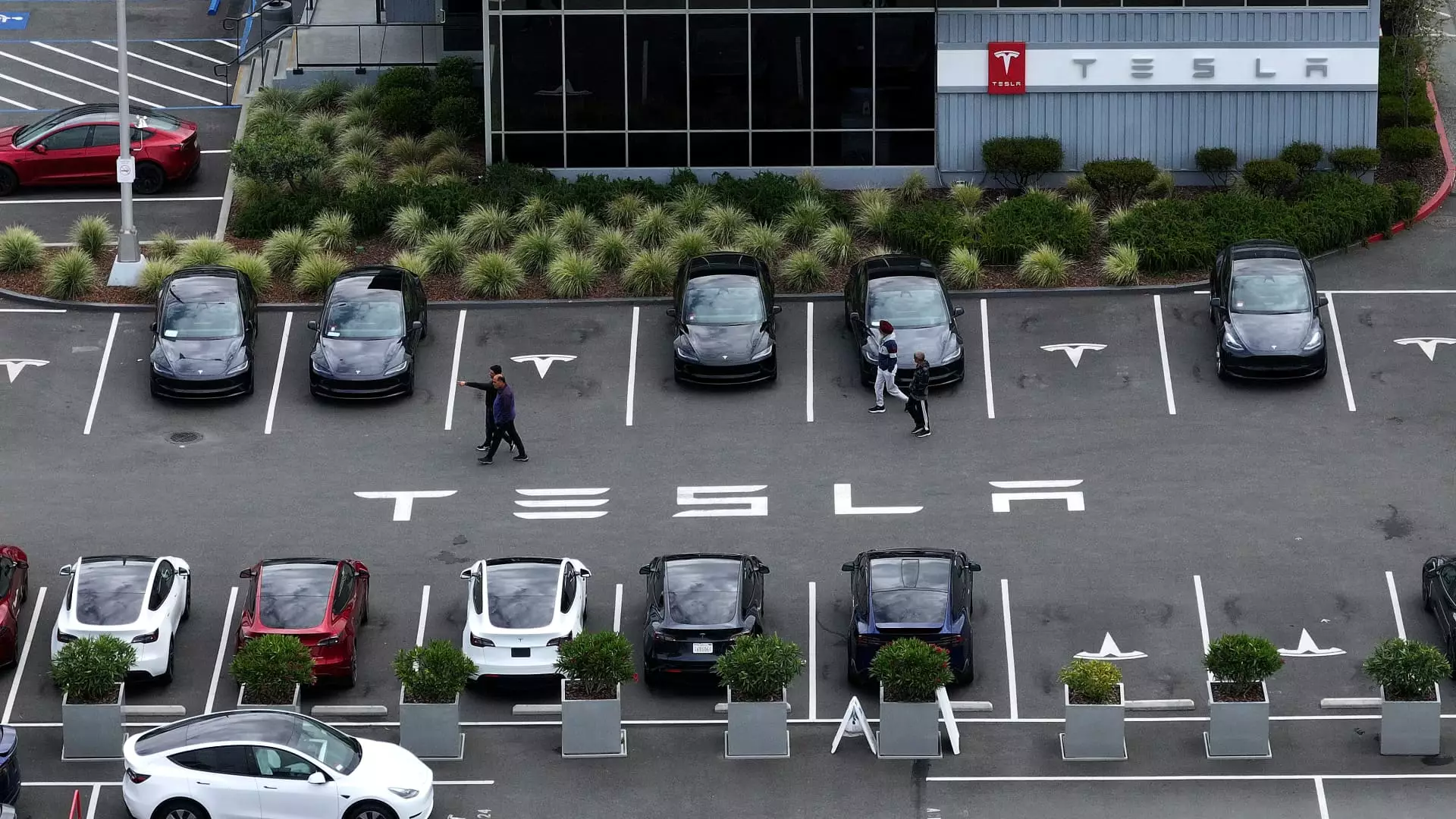Tesla, the electric-vehicle maker, recently announced that it would be cutting approximately 600 more employees at its manufacturing facilities and engineering offices across California. This decision is part of a larger restructuring effort by the company to streamline operations and improve efficiency amidst weakening demand for its electric vehicles and increased competition in the market. The layoffs affected a wide range of roles, from entry-level positions to directors, and impacted various departments including factory workers, software developers, and robotics engineers.
The primary reasons cited for the layoffs were the declining demand for Tesla electric vehicles, particularly its older models such as the Model S and X vehicles, and the Model 3 sedan. Total deliveries dropped in the first quarter, leading to a significant year-over-year revenue decline for the company. Additionally, Tesla is facing increased competition, especially in China, where companies like Xiaomi and Nio have launched new EV models at competitive prices, putting pressure on Tesla’s sales. This has resulted in a reduction in the company’s stock price by about 30% so far this year.
The layoffs at Tesla have affected employees across different locations, including Fremont and Palo Alto. In Fremont, where Tesla’s first U.S. manufacturing plant is located, 378 job cuts were reported, including staff involved in vehicle assembly. Similarly, in Palo Alto, where the company’s engineering headquarters are situated, 233 employees lost their jobs, including two directors of technical programs. Furthermore, a majority of employees involved in designing and improving apps for customers and employees were also terminated.
CEO Elon Musk has been focusing on shifting investors’ attention away from vehicle sales towards Tesla’s potential to deliver self-driving software, a robotaxi, and a “sentient” humanoid robot. The company has long promised customers self-driving software that would turn their existing EVs into robotaxis; however, the systems still require constant human supervision. Musk believes that investing in these technologies will drive the company’s growth and future success despite the current challenges it is facing.
The recent job cuts at Tesla have also impacted the team responsible for building out the Supercharger network, Tesla’s electric-vehicle fast-charging network in the U.S. Despite plans to optimize and grow the charging infrastructure to meet customer demands, Tesla had to cut most of its Supercharger team. However, reports suggest that the company has started rehiring some members, indicating a potential shift in strategy following the layoffs. This move is reminiscent of the job cuts Musk made at Twitter after acquiring the company and rebranding it as X.
The recent layoffs at Tesla reflect the company’s efforts to adapt to changing market conditions, competition, and shifting priorities. While the cuts have impacted hundreds of employees across different departments and locations, Tesla’s focus on innovation, self-driving technology, and future growth opportunities suggests a long-term strategy to maintain its position in the electric vehicle market. Only time will tell whether these decisions will yield positive results for the company and its workforce.


Leave a Reply